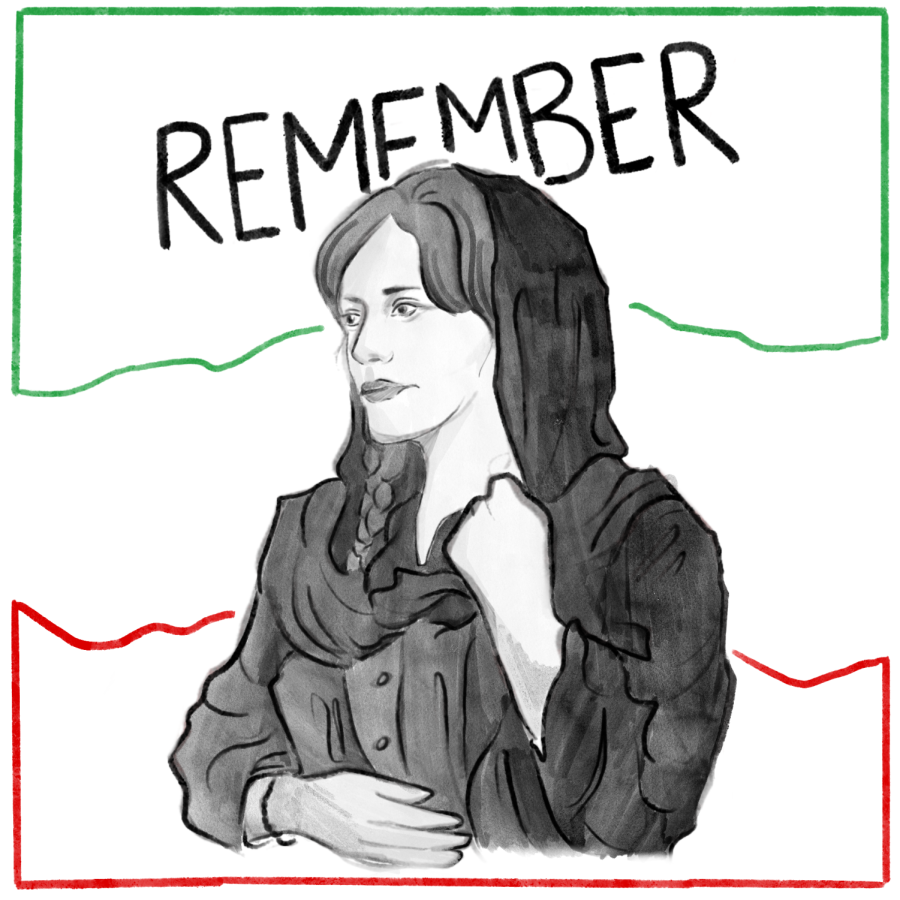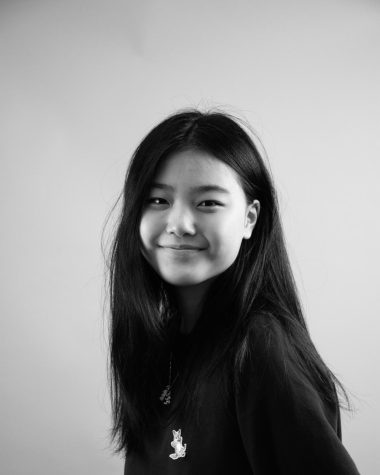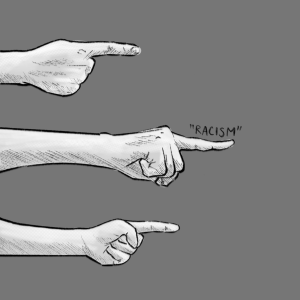Protests Erupt in Iran Following the Death of Mahsa Amini
November 8, 2022
Mahsa Amini’s death sparks an outcry for justice in Iran: How her story lights the path for a movement of justice and change.
A twenty-two-year-old Iranian woman died after having been taken into custody by the morality police, who allege her hijab violated Sharia law. Mahsa Amini was visiting her brother in Tehran when she was arrested by the Iranian Morality Police on September 16th. This syndicate enforces Islamic principles based on Iran’s interpretation of Sharia law, which states that women should dress modestly in public. Prior to Amini’s death, the morality police have been notorious for violently arresting women wearing what they deemed as “improper attire.” Something such as a loose-fitting hijab which the morality police claim Amini was wearing, is considered inappropriate. After her death, the morality police released a statement claiming Amini died from a heart attack two days post-arrest. Contrary to their statement, however, Iran International writes that a “skull CT scan of Mahsa Amini … shows bone fractures, a hemorrhage, and brain edema.” Amini’s injuries displayed characteristics of blunt force trauma that was unequivocally inflicted by another individual. Now, protests rage across the country, leading the Iranian government to begin cracking down on dissidents. Many CRLS students interviewed were not informed about this crisis.
The Register Forum interviewed CRLS students to gain insight into their personal thoughts regarding these protests. Isabella Minicucci ’24 acknowledged that awareness of Amini’s story “not only gives her justice but also others who may have similar experiences a chance to be heard and represented.” CRLS students hope that Amini’s story speaks to individuals mistreated by the Iranian morality police and highlights the brutalization of women by this syndicate. Mica Ormeno ’24 shared a similar perspective, telling the Register Forum, “It’s important for her story to be known because it’s likely happening to other people as well … it’s not something that’s mainstreamed in the media so we don’t really hear about it.” In fact, Mahsa Amini’s story is not the only one of its kind. Nika Shakarami, one of the thousands of women protesting Amini’s murder, was found dead and beaten 10 days after her disappearance. The Iranian government attempted to cover up her murder by attributing it to a fall after stealing her dead body from her resting place. Shakarami was buried on her 17th birthday. The power of Mahsa Amini’s story represents the experiences of hundreds of Iranian women who have faced similar mistreatment by the government.
Many CRLS students interviewed were not informed about this crisis. Those who were aware collectively decided that the first step in helping affected Iranians or Iranian-Americans is to spread awareness throughout the school community. Mr. Montero, a CRLS History teacher, said, “I don’t think it’s just up to history classes to discuss it. It’s something we need to talk about because it goes beyond social studies class. It’s basic human rights.” Lyra Ericson ’25 pointed out that as a community we must “learn about it. Have adults learn about it. Teach everyone.”
Students also related Amini’s story to other historic occurrences. Eli Bartholomew ’26 shared his view: “We’ve seen stories like this time and time again, like with the Holocaust or slavery. Giant movements that silenced and killed people.” Stachine-Nael Fleurimond ’23 also added, “Stories like this tend to be hidden or covered up. No one would ever want to go through what she went through or die because of the police.” The people of Iran need global support now more than ever.











